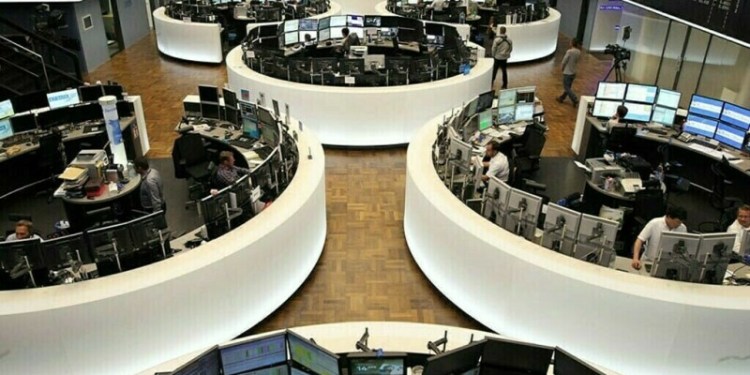Styrene supplies in Northwest Europe are tightening on lower imports, worsening production margins and strong demand, with spot prices up 3% in Tuesday’s morning trading session.
Styrene loading in November was last assessed by Platts at $850/mt FOB ARA at Monday’s close. But bids have since risen to $875/mt. December material was heard bid at $890/mt, up from Monday’s assessment at $865/mt.
Europe is a net buyer of styrene, with the bulk of these volumes coming from the US. But the US could be a swing supplier, re-directing some volumes towards Asia if the netbacks there are better.
In China, styrene prices were last assessed at $921.50/mt CFR China, making it a preferred destination for US material compared to Europe.
Following the restart of styrene plants in Europe after outages, styrene spot prices have plunged by a third after more than five months of elevated prices and spectacular margins.
Production margins of standalone and on-purpose styrene production have plummeted recently, triggering talk of a potential cut in run rates at the key ethylbenzene-styrene monomer (EBSM) lines in Europe.
The spread between feedstock ethylene and benzene costs and the current spot price has dipped to less than $100/mt in the past few days, and the key indicator of production margins — the styrene/benzene spread — is also hovering below $190/mt, or around the lowest since January.
A trader said one of the EBSM producers has already trimmed run rates, although this information is still to be corroborated.
Total, Trinseo, Styrolution and Synthos are the key producers in Europe using EBSM technology.
In the meantime, propylene oxide-styrene monomer plants, which are operated based on the economics of PO, are currently running at full rates, sources said.
Additionally, demand for styrene is yet to tail off as the unusually warm weather across Europe has propped up consumption in the construction sector.
Styrene derivatives producers have also said they had a good offtake this month as they had to close order books early in October.
Also, the recent downward correction of prices in Europe has left traders with low inventories.



























